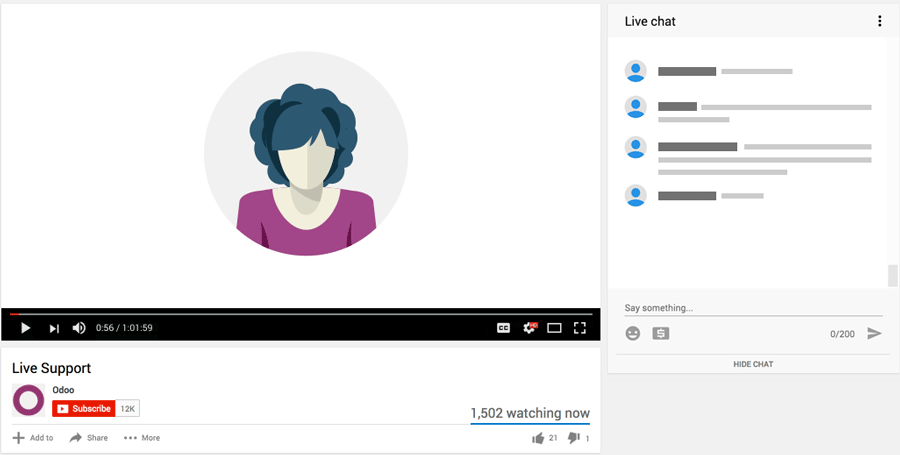-
Opening Keynote - Unveiling Odoo 18
Fabien PinckaersHotovo
-
What's New in Javascript Framework?
Géry DebongnieHotovo
-
Security in Odoo's Framework
Denis LedouxHotovo
-
Test your JS Code with Hoot
Julien MougenotHotovo
-
User Friendly URLs: a Technical Overview
Jorge Pinna PuissantHotovo
-
Customize Views with your Own Javascript Fields
Simon GeninHotovo
-
Why Use a Database other than PostgreSQL?
Nicolas SeinletHotovo
-
How to Integrate Odoo through JSON-RPC Services?
Emanuele MaruzziHotovo
-
Synchronize Data Using Webhooks
Quentin CoussementHotovo
-
Manage your Logistics Operations with RPC
Pawel FertykHotovo

Raphael joined Odoo in 2011, when it was still called "OpenERP". He quickly moved to the "Framework" team, where he designed and implemented the "new API" of Python models. When the team grew, he became the team's leader, mostly because of the lack of other candidates. He kept contributing many optimizations and bug fixes in the framework. He regularly gives talks to Odoo Experience, and happily chats with every developer coming with nasty questions or bright ideas. And he also writes down his own Odoo biography, when asked to do so.
We present the various changes made to Odoo's Python framewok for version 18. Some changes aim at making the developer's life easier, like using "list" for list views, making invisible fields optional in views, detecting group restriction inconsistencies in views, and adding Python typing to the framework. We also introduced performance improvements, like grouping SQL UPDATE queries, enabling to order by, group by and aggregate non-stored related fields, and improving database workload by using read-only mirrors.
